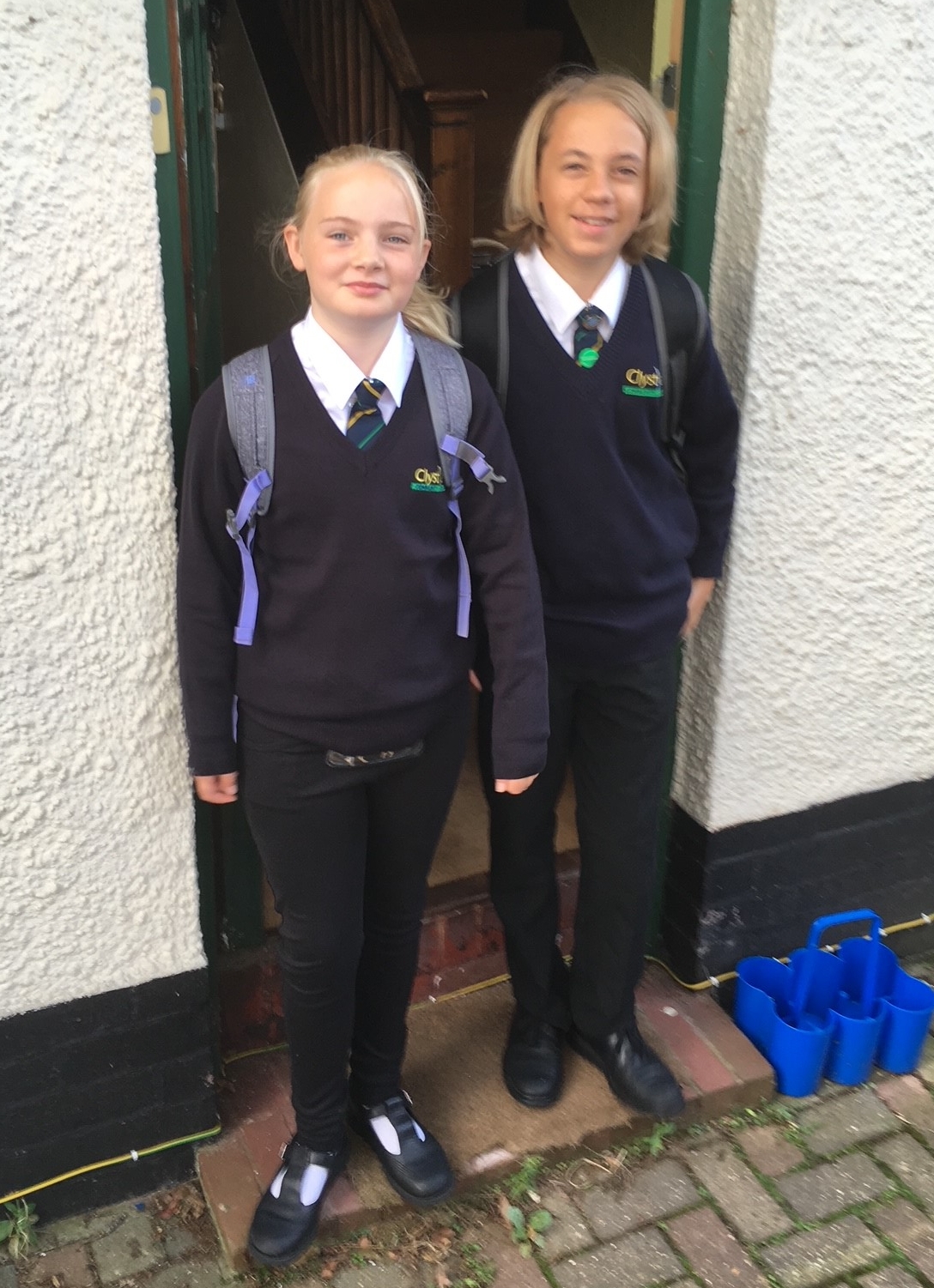How to Reduce Clothing Waste at Home
 The main point to remember here is not to buy more clothes than we actually need! The most sustainable clothes are the ones we already own.
The main point to remember here is not to buy more clothes than we actually need! The most sustainable clothes are the ones we already own.
Buying sustainable clothes, made of natural fibres, is important too, as microfibre pollution released from polyester and nylon clothes is a worldwide problem.
Sustainable fashion is also about asking who made it (See Fashion Revolution’s #WhoMadeMyClothes campaign) as well as what it’s made of. Follow the Things has some incredible stories of the travels of our everyday clothes and textiles, from maker to wearer to reuser.
Wear what you have and wear it often, until you grow out of it or it wears out. Then remember to pass it on or mend it.
Cultivate a sustainable culture where it’s OK to wear stuff again and again, by having conversations about how much damage is done to the environment by not reusing clothes until they wear out.
Keep your clothes well, by hanging them up after use and not washing at high temperatures. Take good care of your clothes and they will take good care of you!
How to Reduce Clothing and Textile Waste at School
Label clothes! How many unlabelled jumpers have to be disposed of at the end of term because they have no names?
Good quality school uniform will stay looking good for longer and can be passed on to other children.
Don’t change school uniform too often. As well as being unaffordable for parents this means that loads of new jumpers bought that school year have to be disposed of, without being worn for years.
Encourage a culture of make do and mend. Teach sewing and darning skills, and ask teachers to model this behaviour too. Does it really matter if something has a tiny hole in?
School Uniform Swap Shop
School uniform is so often outgrown before it wears out, so clothes in good condition can end up being thrown in the bin. In just the South West alone 80,000 school uniforms end up in the bin. What a waste!
Encourage students and parents to swap clothes or sell them secondhand to raise money for the school.
Some schools (like Maynards School in Exeter) have a shop where secondhand uniform is handed back to the school and sold on to new pupils and the money raised goes back to the school. This could help create a culture where new uniform is the exception rather than the rule.
Honiton Community College asked parents to donate uniform, which it was then able to distribute to pupils who needed new sizes.
Torbay has a charity called Punks Against Poverty which has collected uniform to donate to people across the area.
Textile Recycling
Did you know there are multiple companies set up that will pay for your unwanted textiles? Textiles can include clothes, curtains, bedding, shoes, bags, and soft toys. Companies will pay a set price per kilogram of textiles collected, however, it is often worth shopping around to find the best price. Perhaps if you have some clothes lying around after your Table top sale/Give and Take/Uniform Swap, you could organise to get them recycled and earn those extra £££’s.
Here are some links to companies you could arrange to do your textile recycling with:
Each company will work in a slightly different way, but as an example if you were to choose Bag 2 School, here is how it works:
- You promote your collection through posters and letters home.
- Bag 2 School provides clothing bags for children to take home.
- You arrange a collection day with Bag 2 School and get all clothes bags to be brought in on that day to avoid storage problems.
- The driver will weigh and load the bags.
- You will receive your payment within the week!





